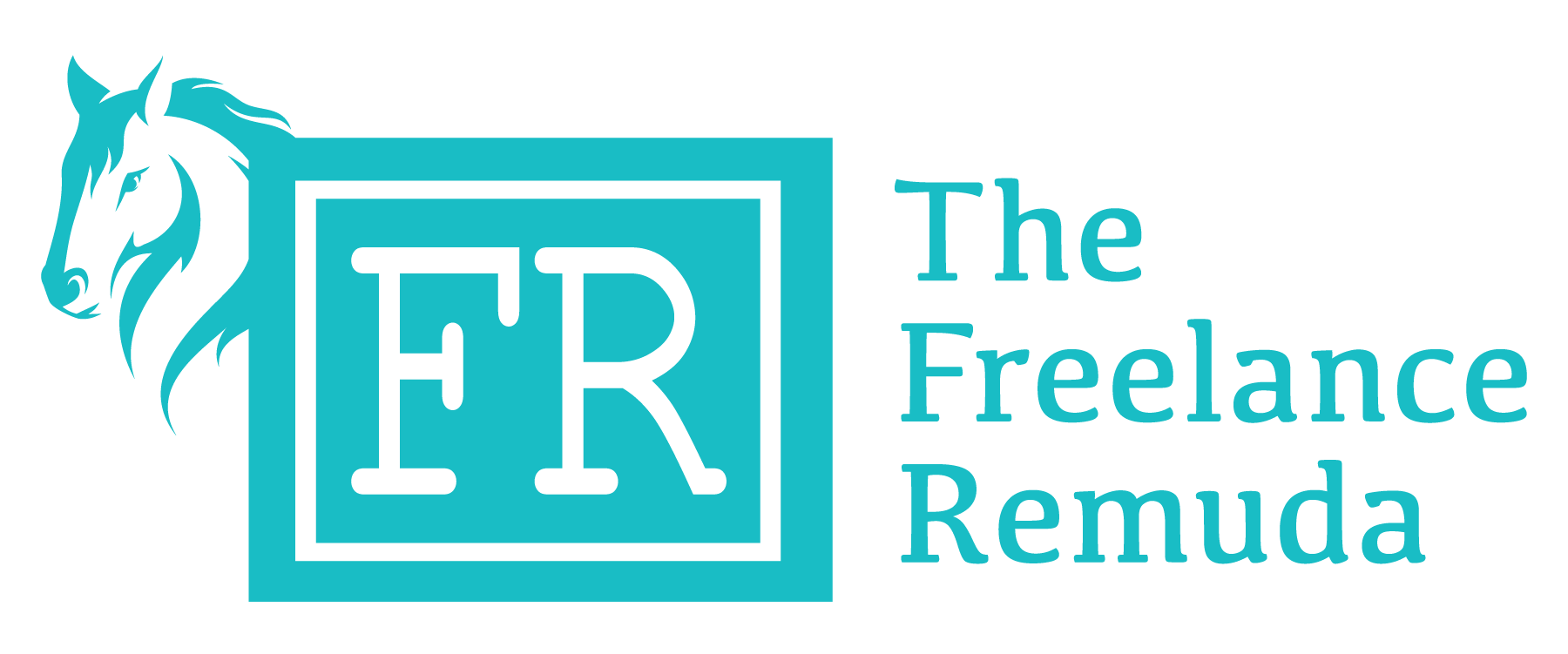Episode 5: Solid Story Ideas and Pretty Good Pitches
Have you ever wondered how writers come up with all their story ideas? Some are assigned by an editor, some come from our own experience and some ideas are sent in by a source. There are many ways we create interesting story ideas, but without a great pitch to an editor, a stellar story may not see the light of day. In this episode we talked about how we come up with story ideas and discuss how to pitch that idea. We also talked about the ethics of pitching similar topics to different magazines.
Generating story ideas
How do we come up with our story ideas?
1. In everyday life
- While reading other media such as magazines (horsey and other genres), books, internet stories
- Brainstorming while doing something else like walking, driving or riding.
- Talking to horse people, or even not horse people. Basically anything that makes us curious about learning more has the potential for a story idea.
2. Story ideas can also come from already having a source in mind. Kate does this a lot.
- Which publication does that source's story or expertise fit?
- Ask the source for their specialty (such as a training technique or medical topic)
2. Look at a region for travel
- Consult the AQHA Professional Horseman list, APHA's Pro Horsemen, Ranching Heritage Breeders, etc
- Look at show winners in the area
- Ask friends in the area/state for ideas
3. Magazine assigned a topic
- In this situation, I need to find a source for the topic
- If I’m assigned a source but I don’t have a topic, I’ll ask the source if they have ideas
4. Crafting a series
- Chat with source for ideas--do they have several points that could be covered in more than one article?
- This is possible sometimes when a topic is broader than one story can hold, such as hoof care or breeding
- In my experience, it's best to pitch a series from the beginning, rather than get into a story and realize it's way too long and needs to be more than one article. But communicate with the editor in either case.
Pitches
How do we pitch story ideas?
1. Kate sometimes starts a pitch when source is “chosen” or thought of because topic or audience
2. When to pitch--both of us do this differently.
a. Abby pitches prior to calendar being set for the next year
i. I saves pitches until magazines ask for them
ii. Meet at the American Horse Publications Seminar to talk about story ideas
iii. If an interesting or timely topic comes up – sometimes I will pitch right away
b. Kate pitches in clumps throughout year
i. Pitch before due date for certain issues (example: rodeo is in June or November for Western Horseman
3. What to include in the pitch
a. Working title and deck / intro or lede
b. Image possibilities
c. Media options for social or web
d. Source ideas
4. When to follow up on pitch once sent in… We each have our own strategy
a. Abby
i. “Story pitches season” - I send a different batch of story ideas to different magazines. I will tweak unused topics for other magazines AFTER getting the yes/no from originally pitched magazine. So it's usually for a different round of pitches.
ii. Will usually ask for a response 1-3 weeks out during initial email, but understand the magazine’s own timelines.
b. Kate
i. Follow up in one week with email inquiry or phone call.
ETHICS
Remember: Each magazine wants UNIQUE content. They don’t want to agree to your article and then see something similar, or with the same source, in a rival magazine. This dilutes the value of the magazine, and will ruin your credibility. Editors talk to each other, and this is a big no-no.
1. The worst thing you can do is write the same or similar article for two magazines.
a. Example – Assigned story by one magazine and asked to do a similar topic by another magazine.
b. Similar topic, different magazines, too close together
c. Avoid using the same source in different magazines
d. Event coverage – only one publication at a time, in our experience--but other story ideas can possibly be tacked on while at event.
2. Cross promotion
a. Within publishing families or associations
i. Talk to editor to get a feel for the relationship between magazines. Some sister publicationss are happy to share, others want to be distinct.
ii. Always let editor know if you’re planning to use content from a sister publication.
iii. Change it up!
b. Outside of a publishing family or association
i. TREAT WITH CAUTION. Communicate with both editors before doing it.
Final point: Part of what makes freelancers a valuable resource for magazines is our connections to the outside world. We interact with a greater circle of people and we bring a vast variety of backgrounds and ideas to the table. Capitalize on this strength by thinking outside of the box for story ideas. Don’t pitch the same old kinds of stories the magazines already run. Think of fresh angles, new topics, untapped sources, and craft good pitches. Editors will appreciate it, and you’ll make yourself invaluable.
About The Freelance Remuda
The Freelance Remuda is a podcast about navigating the equine media frontier. Co-hosted by seasoned freelance professionals Abigail Boatwright and Kate Bradley Byars, the podcast explores the trials and triumphs surrounding life as a freelancer in equine media, while sharing valuable tips from equine media editors and creatives doing what they love. Find and subscribe to the podcast on iTunes and Stitcher.

